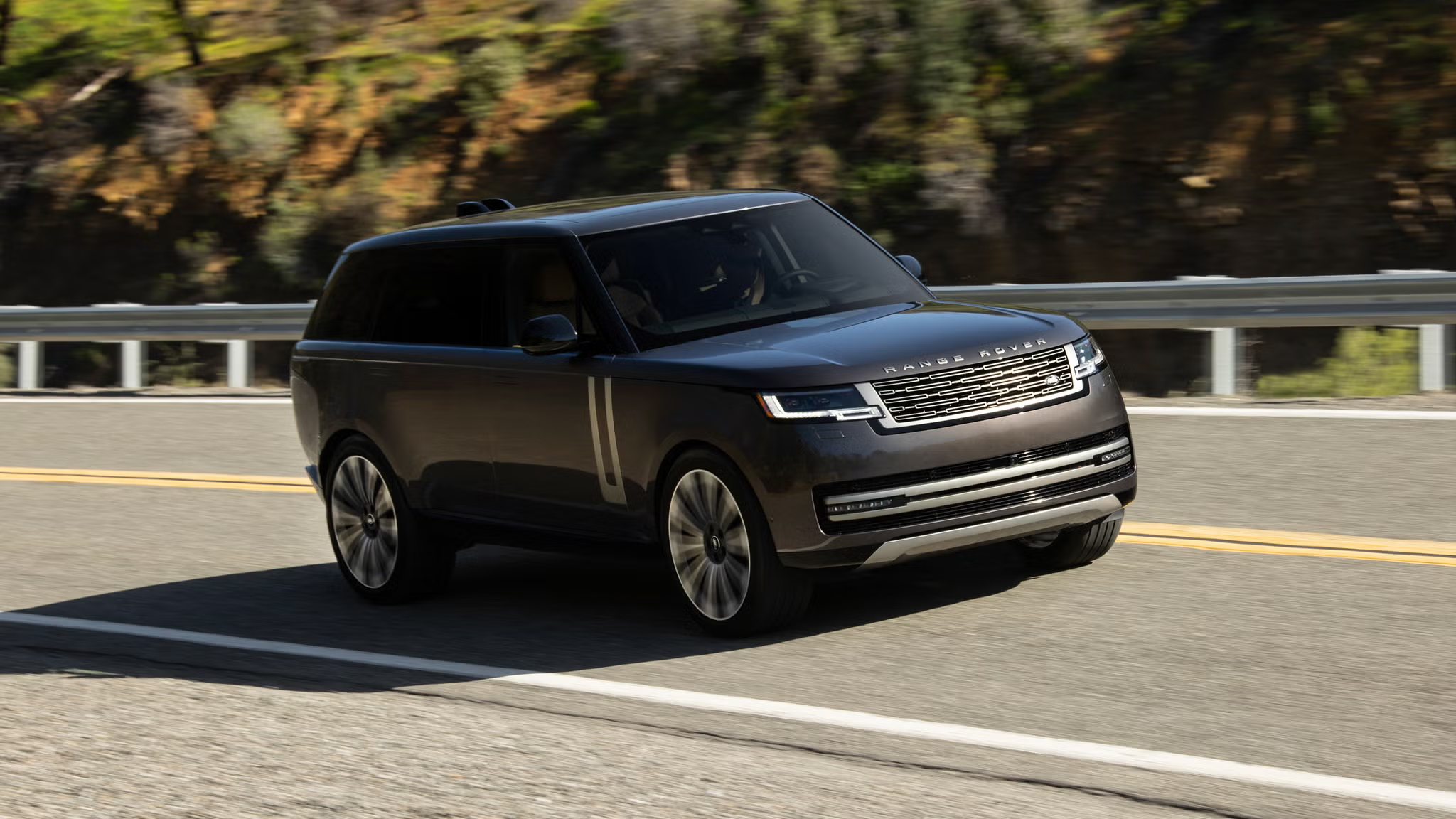Car paint plays an essential role in a vehicle’s appearance, providing not only aesthetic appeal but also a layer of protection against the elements. For many car owners, the longevity of their vehicle’s paint is a major concern, as it directly impacts the car’s resale value and visual appeal.
While the automotive industry has made significant advancements in painting technologies, not all paint options are created equal. Some paints maintain their vibrancy and shine for a decade or more, while others begin to fade or degrade much sooner. Understanding which car factory paint options hold up for 10+ years and which ones are more prone to fading can help consumers make more informed decisions when purchasing a vehicle.
The factors that influence the longevity of car paint are varied and complex. The type of paint used, the quality of the application process, the environmental conditions the vehicle is exposed to, and the level of care and maintenance the vehicle receives all play crucial roles in determining how well the paint will age.
While factory paints are often designed with durability in mind, certain colors and finishes are inherently more prone to fading due to the chemical properties of the pigments and the protective coatings applied. Additionally, some vehicle manufacturers use specific paint processes that are more vulnerable to environmental damage, making these paints less durable in the long run.
This article delves into five car factory paint options that are renowned for their longevity, with the ability to maintain their appearance for 10 years or more. These paints are resilient against fading, oxidation, and other forms of wear, offering car owners a long-lasting solution that requires less maintenance.
On the other hand, the article also examines five car factory paint options that tend to fade faster, even when proper care is taken. These colors, while eye-catching and stylish when new, often require more frequent attention and maintenance to keep their shine intact.
By understanding the durability of various paint options, car owners can make choices that better suit their climate, lifestyle, and long-term goals for the vehicle.
Whether you’re purchasing a brand-new car or looking to protect the paint on an existing one, knowing which factory finishes hold up and which ones are more likely to fade can save you time, money, and effort in the future. In this article, we’ll explore both sides of the equation, offering a balanced perspective on the paint choices available in today’s market.
The significance of paint longevity extends beyond simple aesthetics. A car’s paint job can also impact its ability to resist corrosion and environmental damage. Over time, faded or damaged paint can expose the metal beneath, leading to rust and other forms of deterioration. Moreover, the maintenance requirements of different paint types vary greatly.
Some paints may need frequent waxing, polishing, or specialized products to maintain their appearance, while others remain low-maintenance and require minimal intervention. By understanding which paint options stand the test of time and which are prone to fading, car buyers can select the best option for their needs and ensure that their vehicle continues to look great for years to come.
Also Read: 5 Cars With Center Consoles That Are Functional And 5 That Are Just Clutter
5 Car Factory Paint Options That Hold Up for 10+ Years
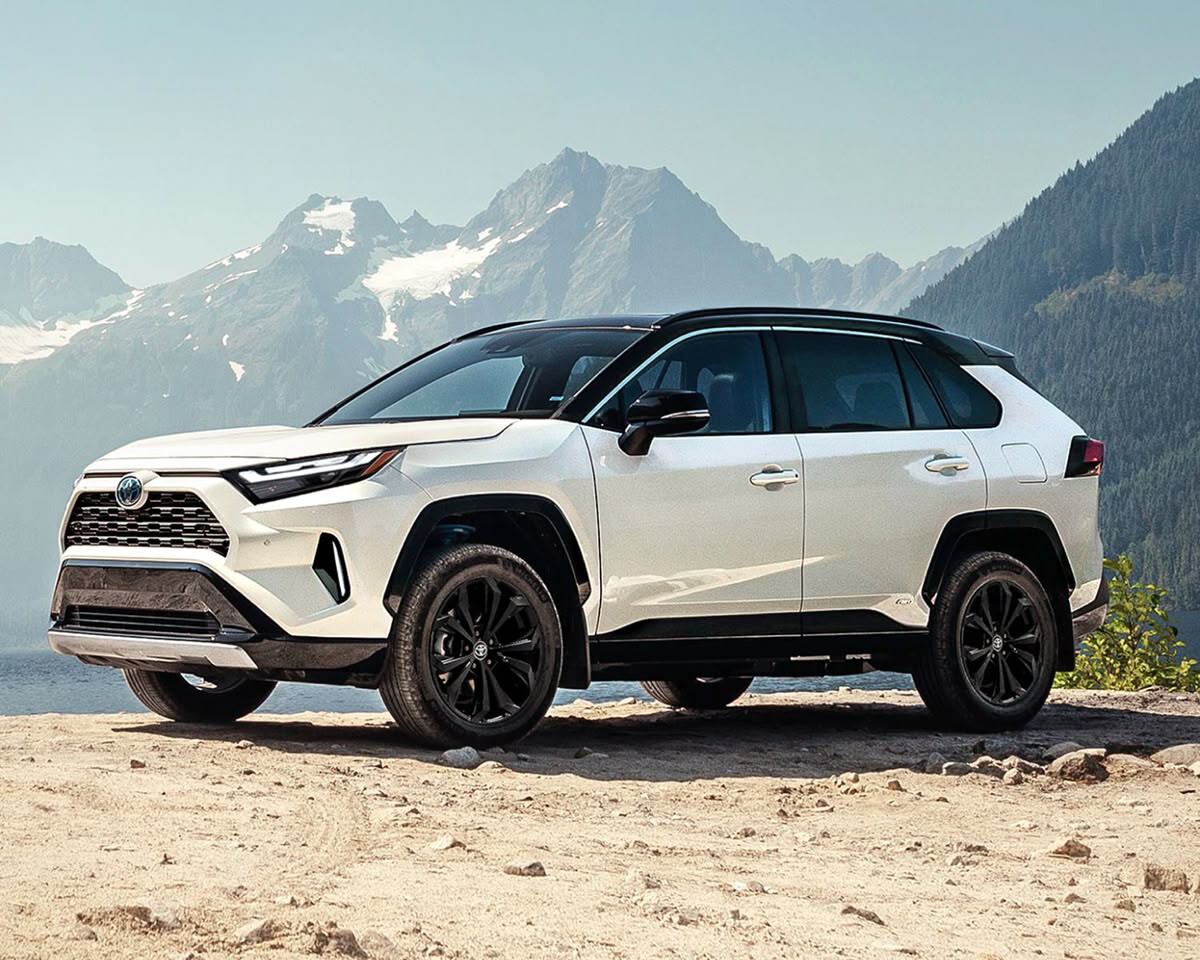
1. Toyota/Lexus Pearl White (Super White, Blizzard Pearl)
Pearl white paint, used extensively by Toyota and Lexus, is renowned for its durability and the lasting appeal it maintains throughout its lifetime. It stands out due to its multi-layer process, which includes a clear coat and mica-based mid-coat that gives it both a reflective and protective finish.
The base layer is typically a durable white pigment, followed by a shimmering layer infused with mica, and finally, a clear coat that is designed to resist fading, scratches, and oxidation. The three-coat system ensures that the vehicle’s exterior remains vibrant even in the harshest environmental conditions.
Pearl white is also incredibly resistant to the harsh effects of UV rays, which contribute to the majority of paint degradation over time. Unlike darker colors, which absorb sunlight and accelerate fading, white reflects the rays and helps keep the car’s temperature lower, reducing the chances of the paint’s molecular structure breaking down.
When it comes to long-term performance, Toyota and Lexus have earned a solid reputation. Their quality control standards in applying the paint ensure a consistently even and resilient finish across their lineup.
Even after several years of exposure to harsh weather conditions, owners of vehicles like the Lexus ES or Toyota Highlander in pearl white often report that the color holds up remarkably well, without any significant signs of oxidation, fading, or deterioration. One of the standout features of pearl white is its ability to mask minor scratches or imperfections that may appear over time, which means the vehicle will continue to look fresh without constant detailing.
However, despite the durable finish, routine maintenance, like washing and waxing, can significantly enhance its ability to retain its shine and luster. This makes it a perfect option for those who want a reliable, low-maintenance paint that will look stunning for the long haul.
Additionally, pearl white is a color that is easy to resell, as its popularity tends to increase the vehicle’s appeal on the used car market. Many buyers find it to be a safe and reliable choice, which further boosts its long-term value. Given that it is a color that resists much of the wear and tear that other colors endure over the years, it’s also seen as an investment that not only looks good but keeps your vehicle’s exterior in top condition for a decade or more.
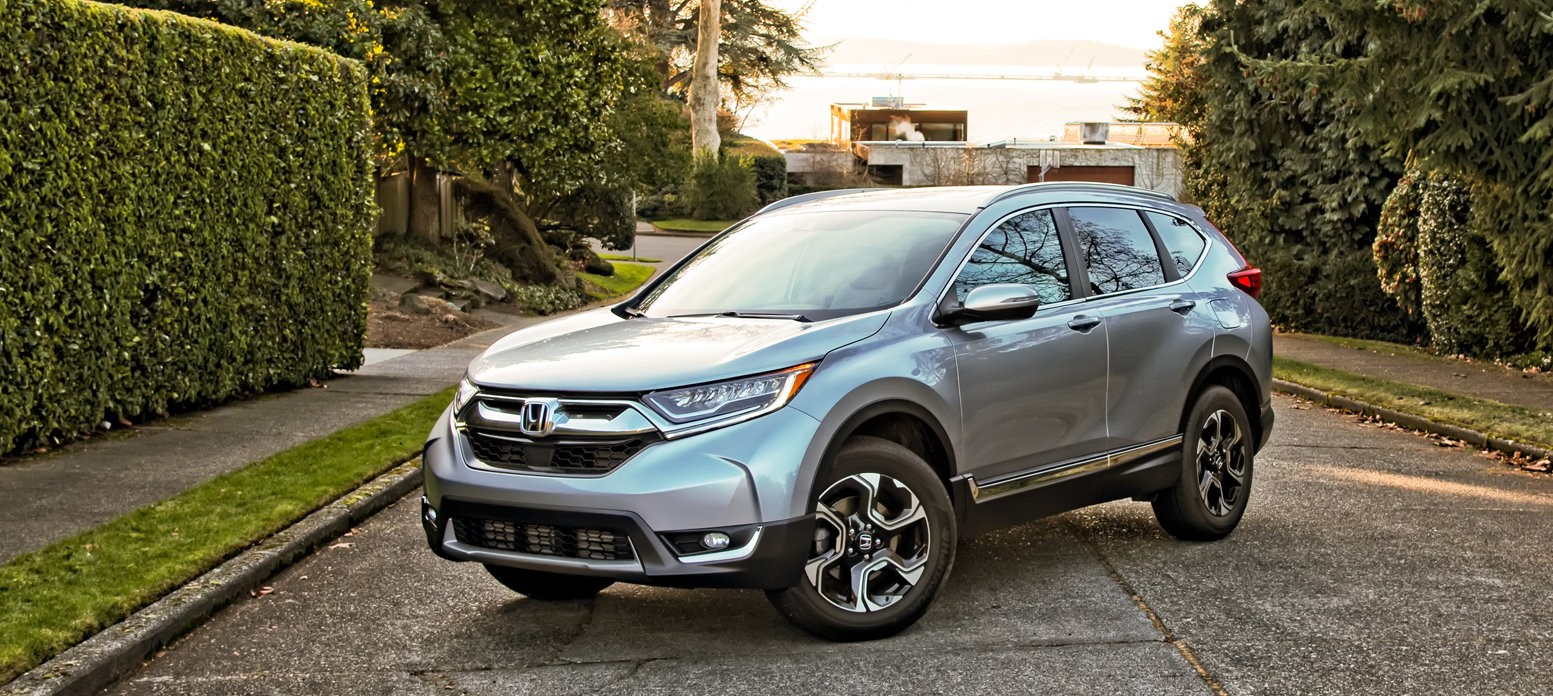
2. Honda Silver Metallic Finishes
Honda’s silver metallic finishes, such as “Alabaster Silver Metallic” and “Lunar Silver Metallic,” are prime examples of factory paints that stand the test of time. Silver as a paint color is inherently more resistant to fading than warmer hues like red or orange because it doesn’t absorb as much UV radiation.
Honda takes advantage of this natural benefit by applying a high-quality metallic finish, which includes reflective metallic flakes that scatter sunlight, further improving its ability to resist UV damage and oxidation. The reflective nature of silver not only makes the car appear sleek but also protects it from the intense effects of the sun, especially in areas where high heat and sunlight are prevalent.
The metallic finish also offers an elegant, high-end appeal, allowing the paint to maintain its shine and depth, even after extended periods of exposure to the elements.
One of the most attractive features of Honda’s silver metallic paint is its resilience in preventing the visibility of dirt and imperfections. Unlike black or dark-colored cars, which are highly susceptible to showing every small scratch, swirl mark, or bit of dust, silver hides these blemishes far better.
This gives the vehicle a clean and polished appearance for much longer, reducing the need for constant care and maintenance. Honda’s paint application process is meticulous, with a two-stage process that ensures that the metallic particles in the paint are evenly distributed for an even, long-lasting finish. Because of this, Honda’s silver paint tends to look just as good after years of ownership as it did the day it left the dealership floor, even if the vehicle has been exposed to high levels of environmental stress.
For owners who live in sun-drenched climates, like those in Southern California or parts of Florida, the silver metallic finish offers peace of mind. The durability of this paint color means that even after a decade of ownership, the vehicle is likely to maintain its visual appeal.
Many owners of older Honda Accords and CR-Vs in silver metallic have reported minimal fading or oxidation, even in areas where the sun’s harsh rays could easily destroy lesser paint jobs. With silver metallic finishes, Honda provides a reliable, long-lasting paint that looks great and can withstand years of sun, rain, and everyday wear.
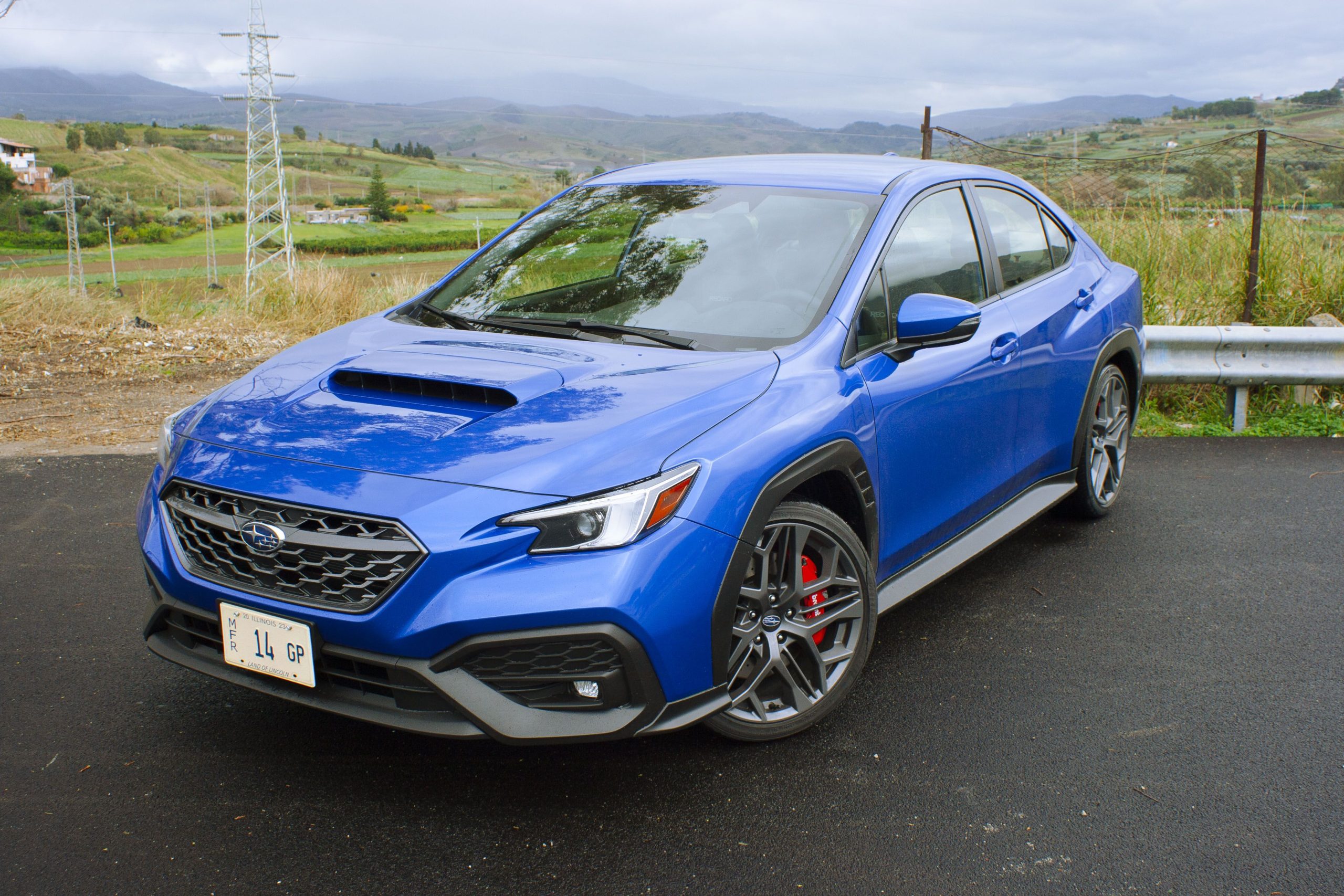
3. Subaru World Rally Blue (WR Blue Pearl)
Subaru’s “World Rally Blue Pearl” (often referred to as WR Blue) has become iconic, particularly among fans of the brand’s performance-oriented WRX and STI models. While blue may not seem like the obvious choice for longevity, darker shades tend to fade more rapidly compared to lighter colors.
WR Blue has shown an impressive ability to retain its vibrancy over extended periods, even under intense exposure to the sun. The secret behind WR Blue’s durability lies in Subaru’s advanced paint process, which involves a combination of high-quality pigment and a protective clear coat. This paint finish is designed to reflect sunlight and absorb less heat, reducing the likelihood of UV degradation.
The unique mica and pearl additives in the WR Blue color give it depth and richness, ensuring that it catches the light in different ways depending on the angle, which also helps to mask minor scratches and swirls that might otherwise detract from its appearance.
The metallic and pearlescent components of the paint also serve as a form of added protection. These elements help to scatter light, which minimizes the risk of fading and oxidation, especially in areas with high sun exposure. For Subaru owners who take care of their WRX or STI, regular washing and the occasional wax are enough to preserve the color and maintain the deep, vibrant blue that has become synonymous with the brand.
Moreover, WR Blue Pearl also maintains its appeal and holds up well in areas with varying climates. Whether it’s in regions with extreme heat, cold, or humidity, WR Blue remains resilient, outlasting many other performance car colors that are prone to fading.
This durability ensures that Subaru owners can enjoy the striking color of their vehicle for years, maintaining its sleek, high-performance appearance without the need for frequent touch-ups or repaints. Even after a decade of ownership, a well-maintained WR Blue car can still turn heads on the road, looking almost as fresh as the day it was purchased, making it a standout choice for anyone who wants a bold color that stands the test of time.
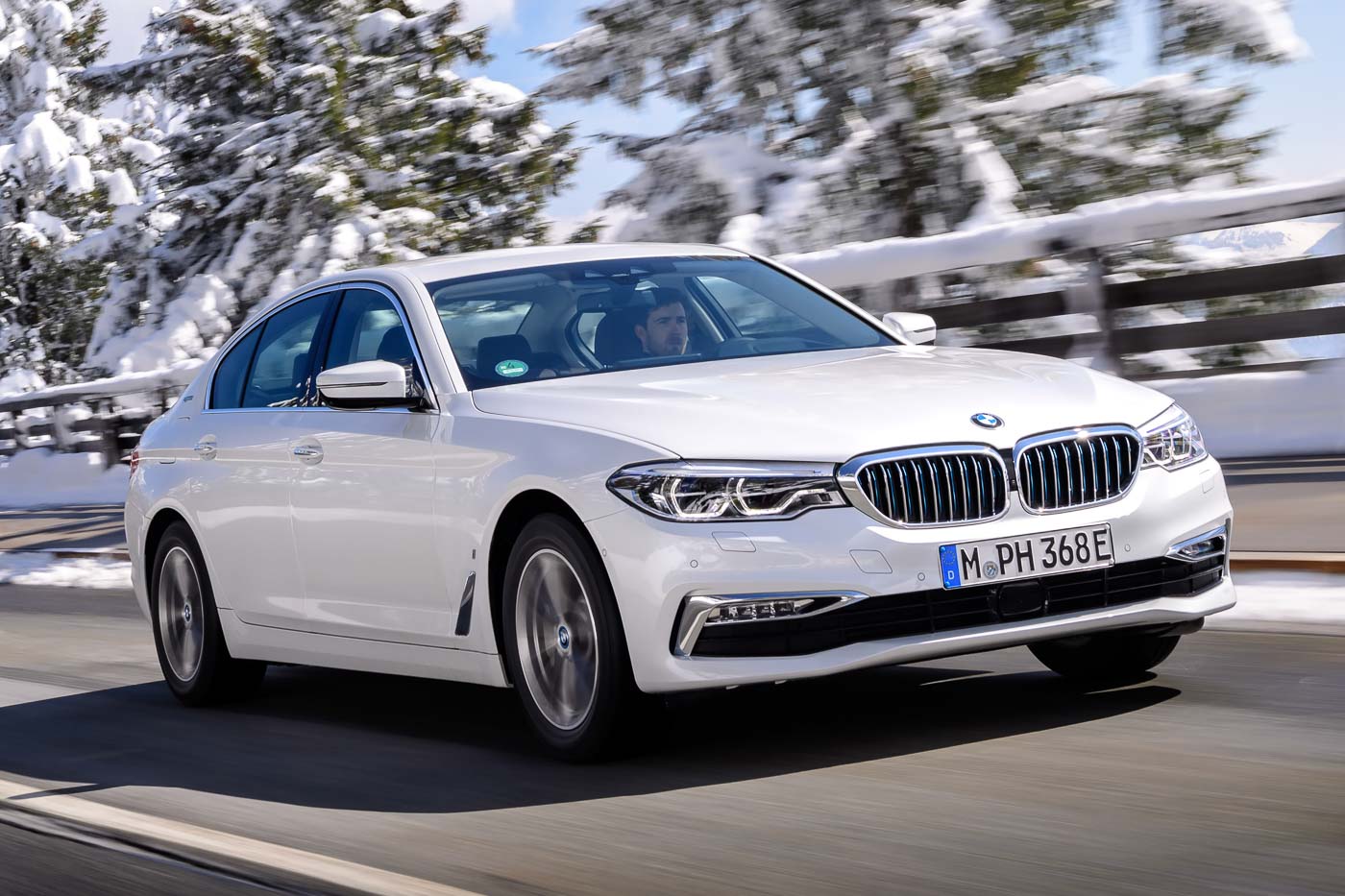
4. BMW Alpine White
BMW’s “Alpine White” is a quintessential example of how simple, classic colors can be some of the most enduring. Unlike the shimmering, layered finishes found in other colors, Alpine White is a solid, non-metallic paint that has proven itself to be incredibly durable over the years.
The reason behind this durability is not just in the color itself but in the superior quality of the paint application process. BMW’s attention to detail in their paint application, using high-end paint systems and protective clear coats, ensures that the finish resists the common wear and tear that other paints face over time. The clean, crisp white hue is simple but stunning, offering a timeless appeal that doesn’t go out of style.
Alpine White is also incredibly resistant to yellowing, a common problem with many white paints as they age. The paint’s solid base color means it won’t develop the beige or off-white appearance that can plague other vehicles in white.
The clear coat BMW uses ensures that the car’s finish remains glossy and resistant to environmental pollutants, which can break down the paint and dull its shine over time. Alpine White is known for holding its luster and vibrancy far longer than lighter metallic or pearlescent paints, making it an excellent choice for long-term ownership.
Additionally, Alpine White vehicles are relatively low-maintenance compared to darker-colored cars. Scratches and swirls tend to be less noticeable, which is a significant advantage for busy car owners who may not have the time or resources to dedicate to regular detailing.
Many owners of older BMW 3 Series models, such as the E46, report that their Alpine White paint remains in excellent condition, with only minor fading or wear. The durability and timeless nature of Alpine White make it a favorite for those who want a low-maintenance, long-lasting vehicle that will continue to look fresh for years to come.

5. Audi Glacier White Metallic
Audi’s “Glacier White Metallic” has quickly become a popular and durable option across various models, particularly the A4, A6, and Q7. This color is a refined version of traditional white, enhanced with a metallic sheen that gives the paint depth and a premium, glossy finish.
What sets Glacier White apart from other white metallic finishes is its ability to retain its clarity and shine over time. This is due to Audi’s advanced multi-stage painting process, which includes a high-quality clear coat designed to shield the base color from UV degradation and contaminants. The result is a finish that doesn’t fade or discolor easily, even after years of exposure to sun, rain, or snow.
The metallic flakes in the Glacier White paint provide a visual dimension that helps to mask imperfections, dirt, and minor scratches. This makes it easier to maintain over the years, as the paint naturally maintains its lustrous appearance without requiring excessive care.
Audi’s meticulous attention to detail during the application process ensures that the paint job is even and durable, providing long-lasting protection. Whether you live in a humid climate, a sunny environment, or an area that deals with harsh winters, Audi’s Glacier White continues to shine without succumbing to fading or wear.
For those who are looking for a sophisticated color that ages gracefully, Glacier White is an ideal option. Its combination of a classic, crisp white base and a shiny metallic finish gives it an elegant, premium feel, and the paint retains its appeal even after years of exposure.
Many Audi owners report that their cars look just as striking after a decade of use as they did when they were first purchased. With regular care, Audi’s Glacier White is a high-performing, low-maintenance option that stands the test of time.
5 Car Factory Paint Options That Fade Fast
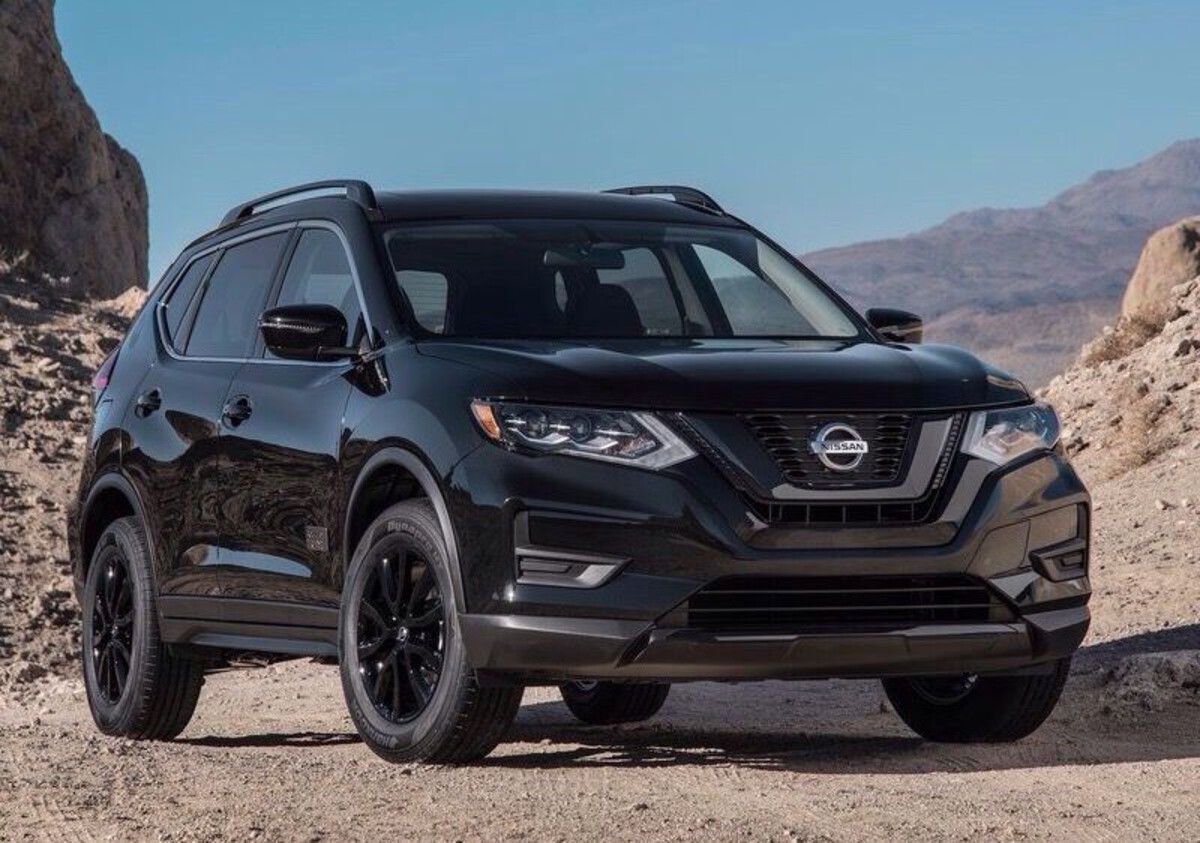
1. Nissan Super Black
Nissan’s “Super Black” paint, often seen on models like the Altima, Maxima, and Sentra, is one of the most striking colors when fresh. It offers a deep, glossy finish that makes the car look sleek and sophisticated. However, this rich black finish is highly prone to fading, oxidation, and damage from environmental factors, especially when exposed to prolonged sunlight and UV radiation.
The issue lies in the type of paint and clear coat Nissan uses—while it creates a stunning visual appeal at first, it doesn’t stand up well to the harsh realities of day-to-day wear and tear. The thin, high-gloss clear coat that gives the black paint its mirror-like finish tends to break down under UV exposure, leading to fading and dullness within just a few years. This is particularly evident in warmer climates, where sun exposure can cause the paint to lose its depth and richness far faster than more durable colors.
Additionally, Super Black is extremely sensitive to swirl marks and minor imperfections. Scratches and swirls appear much more prominently on black vehicles, and because the clear coat is already fragile, it’s easy for these marks to become permanent. While regular waxing and detailing can help protect the surface, many owners find that their Super Black vehicles begin to look worn much quicker than lighter-colored cars.
Without proper care, the paint can begin to show signs of aging within just a few years, with the gloss fading and the appearance becoming dull. In the case of Nissan, the paint’s vulnerability to fading and scratches is a significant downside, making this color a less-than-ideal option for those looking for a long-lasting finish. Though it may look fantastic when freshly applied, Super Black demands constant maintenance and care to retain its luster.
Furthermore, bird droppings, tree sap, and even water spots can leave permanent stains on the surface, further compounding the aging process. For Nissan owners who don’t take extra precautions, Super Black can quickly lose its appeal, making it an unreliable choice for those who want a long-lasting, low-maintenance finish.
The expense of repainting or touching up a vehicle in Super Black can also add up over time, making this color a high-maintenance option for anyone who wants to keep their car looking good for years to come.

2. Mazda Soul Red Crystal
Mazda’s “Soul Red Crystal” is a visually stunning color that has earned a reputation for its depth, vibrancy, and multilayered finish. It’s the kind of paint that turns heads, giving the car a luxurious, almost glossy finish that seems to glow in the sunlight. However, despite its initial appeal, Soul Red Crystal suffers from significant long-term durability issues. One of the key reasons this paint fades quickly is the complexity of its multi-layered structure.
The first layer consists of a translucent red base coat, followed by a metallic layer to add depth, and finally a clear coat for protection. While this complex finish results in an incredibly eye-catching look, it also makes the paint more vulnerable to UV degradation. The delicate layers, particularly the translucent red layer, can degrade when exposed to intense sunlight, leading to fading and dullness within just a few years of exposure to the elements.
For owners who live in sunny climates, Soul Red Crystal can begin to show signs of fading as early as 4 to 6 years after purchase. The paint’s inherent vulnerability to UV light, combined with the fact that red pigments are more prone to oxidation than other colors, means that the car’s vibrant red finish starts to lose its appeal faster than it should.
While the multiple layers offer some protection, they are not immune to the sun’s harsh rays, and once the protective clear coat wears thin, the color begins to degrade. This results in a loss of the stunning depth and gloss that make Soul Red Crystal so desirable in the first place.
Moreover, the complex nature of the paint also makes it difficult to repair if it begins to fade or peel. If you need to touch up or repaint your Soul Red Crystal car, replicating the exact finish is a challenge. The multi-layer process is difficult to reproduce perfectly in a body shop, which means any repairs could be visibly noticeable, making it an even more impractical choice for long-term ownership.
While the color is beautiful and bold, it requires constant care to maintain its appearance and is prone to fading, particularly if the car isn’t kept in a garage or protected from the sun.
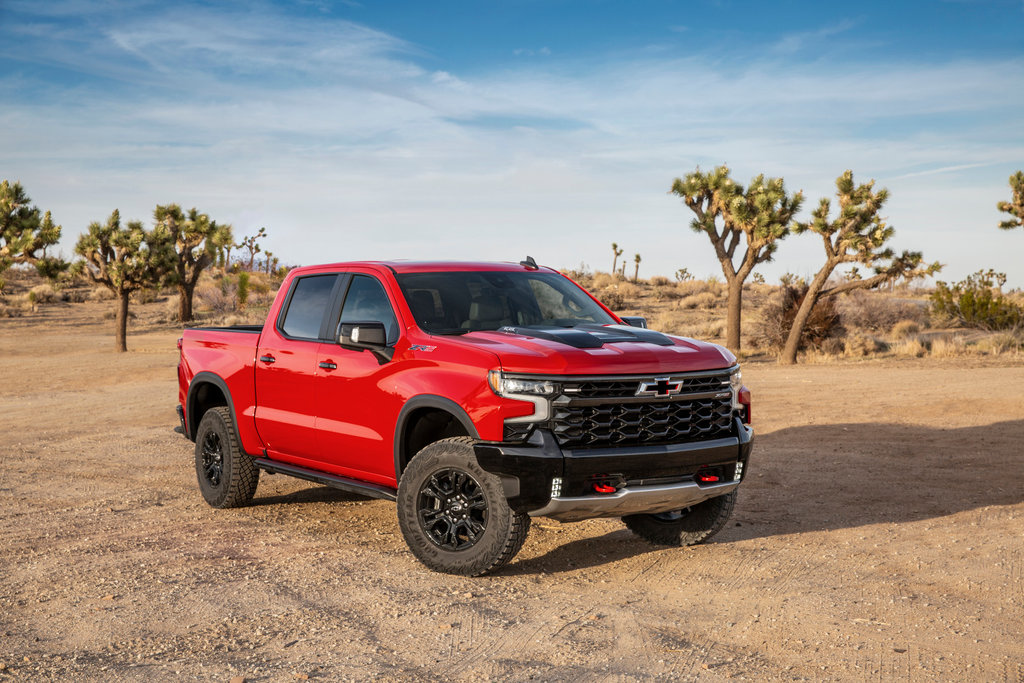
3. Chevrolet Victory Red
Chevrolet’s “Victory Red” has become synonymous with muscle cars like the Chevrolet Camaro and sports vehicles like the Corvette. It’s a bold, vibrant red that is incredibly eye-catching when new, giving the car a powerful and energetic presence on the road. However, much like other bold red paints, Victory Red suffers from accelerated fading and oxidation when exposed to UV rays and other environmental contaminants.
The primary culprit is the nature of red pigments, which are known to break down faster under UV light compared to other colors. The issue is compounded by Chevrolet’s sometimes inconsistent application of the clear coat, which can lead to an uneven protective layer that fails to shield the paint adequately over time. Without a thick and uniform layer of clear coat, Victory Red is especially susceptible to fading, oxidation, and dulling.
What makes Victory Red even more vulnerable is its tendency to show wear in certain areas, particularly on horizontal surfaces like the roof, hood, and trunk. These areas receive the most exposure to sunlight, which accelerates the fading process. Over time, the vibrant red begins to lose its gloss, and the car can develop a chalky, worn-out appearance.
This is especially true in regions with intense sun exposure, where the paint can begin to show noticeable fading as early as 5 to 6 years after purchase. Unfortunately, once fading begins, it can be difficult to reverse without a complete paint correction or respray, which can be costly and time-consuming.
While Victory Red looks striking in the showroom, it requires a great deal of maintenance to keep it looking fresh over the long term. Without consistent washing, waxing, and protection from the sun, Victory Red will begin to degrade, making it a poor choice for those who want a low-maintenance paint color.
If you’re not diligent about keeping up with maintenance, you’ll likely find that the once-vibrant red fades quickly, leaving you with a much less impressive appearance. As such, Victory Red is ideal for those who are willing to put in the effort to maintain it, but is less suited for owners who expect their car’s paint to hold up without constant attention.
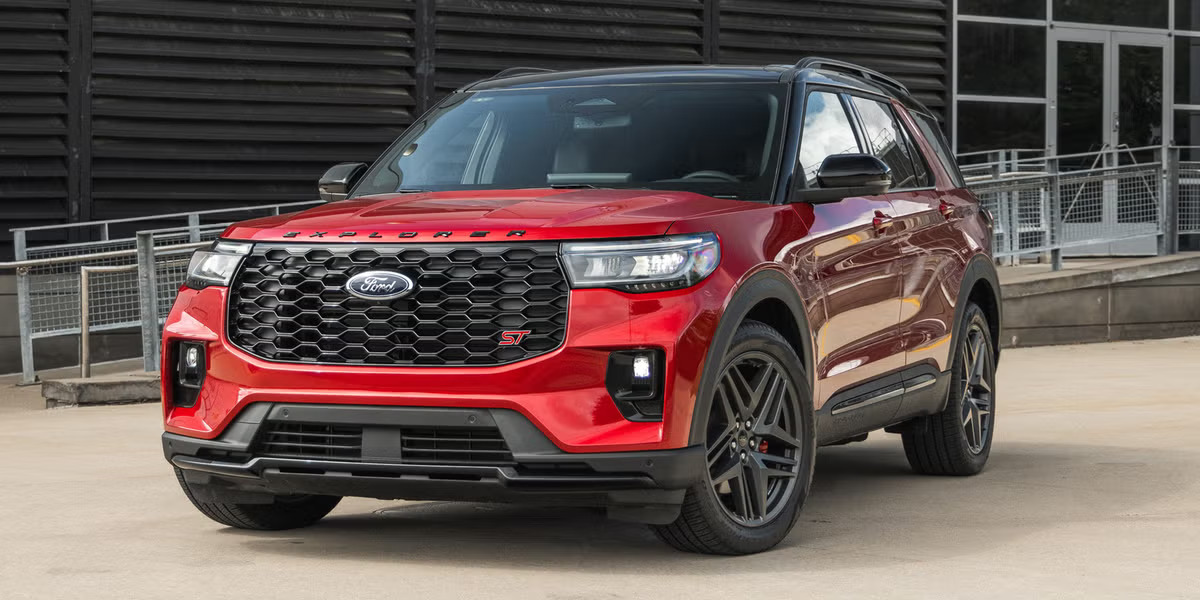
4. Ford Ruby Red
Ford’s “Ruby Red” is another vibrant, rich red that catches the eye when freshly applied. It’s a color that exudes luxury and sportiness, often seen on higher-end Ford models like the F-150 and the Mustang. However, Ruby Red’s vivid hue is not as long-lasting as it initially appears.
One of the key reasons for this is the paint’s tendency to absorb heat more readily than lighter colors. Over time, the heat absorbed by the red paint causes the protective clear coat to break down more rapidly, accelerating the fading process. The result is that the paint starts to lose its luster, and the once-deep, vibrant red gradually turns into a duller, less appealing shade.
Ruby Red also suffers from the common issue of showing swirl marks, micro-scratches, and other imperfections more prominently than other colors. While it’s easy to achieve a stunning finish when the paint is first applied, keeping it looking flawless requires regular polishing and waxing to prevent these marks from becoming visible.
Even slight imperfections can be exacerbated by the deep, reflective nature of Ruby Red, making it difficult to maintain that showroom-quality shine. Many owners report that the paint starts to lose its gloss and depth after just 5 to 7 years of ownership, especially if the car is regularly exposed to sunlight or environmental pollutants.
Like other red paints, Ruby Red is also vulnerable to oxidation. If the car isn’t regularly waxed and the protective clear coat isn’t maintained, the paint can begin to break down, leading to fading and discoloration. The vibrant red color that initially stood out becomes increasingly muted, making the car appear older and less appealing.
If you live in a region with harsh sunlight, Ruby Red might not be the best choice for a car you want to keep looking fresh for years to come. It requires ongoing maintenance and protection from the elements, which makes it less than ideal for those seeking a low-maintenance option.

5. Volkswagen Tornado Red
Volkswagen’s “Tornado Red” is a classic, bright red that is popular among sports cars like the GTI and Golf R. It’s a color that offers an energetic and sporty look, but unfortunately, it’s one of the fastest-fading factory colors available.
Tornado Red is highly susceptible to the damaging effects of UV radiation, and the vibrant red pigments break down over time when exposed to prolonged sunlight. This leads to a gradual loss of color intensity, and the paint begins to appear faded or washed out within just a few years, especially on horizontal surfaces like the roof and hood.
What makes Tornado Red particularly problematic is its tendency to show any imperfections or signs of aging. Swirl marks, water spots, and minor scratches can become more visible on the bright red surface, which diminishes the appearance of the vehicle.
Furthermore, without the right level of care, such as regular waxing, detailing, and protection from the sun, Tornado Red vehicles can begin to look aged and worn much sooner than other colors. The paint doesn’t hold its shine or gloss as well as other factory finishes, and the color fades relatively quickly, making it a less-than-ideal choice for those looking for a car that will look great for years without heavy maintenance.
The fading process in Tornado Red can often start as early as 3 to 5 years after the car is first purchased, particularly in areas with hot, sunny climates. This makes it a high-maintenance color choice, requiring constant care to keep the car looking fresh.
Those who are diligent about waxing, sealing, and protecting the paint may be able to extend the life of the finish, but without this consistent attention, the color will begin to fade quickly. Tornado Red, like many bright reds, is beautiful at first but is not as reliable in the long term for maintaining its visual appeal without significant upkeep.
Also Read: 5 Cars With Factory Batteries That Last 6+ years and 5 That Don’t Make 3
Choosing the Right Paint for Longevity and Appeal
When it comes to purchasing a new car, the paint color is often one of the most important aesthetic choices for consumers. However, it’s crucial to remember that the durability of that paint is just as important as the initial visual appeal. Car paints that last for a decade or more not only maintain their shine and vibrancy, but they also contribute to the vehicle’s long-term value.
Whether you’re looking for a classic, timeless option like BMW Alpine White or something more striking like Lexus Pearl White, these durable paint choices ensure that your car’s exterior remains in great condition for years, making them an excellent investment for long-term ownership.
On the flip side, paints that fade quickly, such as Nissan Super Black or Mazda Soul Red Crystal, may offer eye-catching appeal when new, but they require constant attention and upkeep to maintain their appearance. The downside of these paints lies in their vulnerability to environmental factors such as UV radiation, road salts, and harsh weather conditions.
Over time, they are prone to fading, dullness, and visible imperfections. The effort and cost required to preserve the paint on vehicles with these colors can add up, and in some cases, the eventual need for repainting or touch-ups can diminish the car’s resale value.
The longevity of your car’s paint is also influenced by environmental factors such as climate, geography, and the level of maintenance you are willing to invest. Cars in regions with intense sunlight, high humidity, or frequent rain will naturally require more care, and even the most durable paints can show signs of wear if not properly maintained.
Regular washing, waxing, and the use of protective coatings can help preserve a car’s paint job, regardless of the type. However, the inherent qualities of the paint itself are critical in determining how well it holds up over time.
Choosing the right paint for your car is not just about selecting a color that looks good—it’s also about selecting one that fits your lifestyle, climate, and long-term goals for the vehicle. If you’re someone who prefers a low-maintenance, long-lasting finish, opting for factory paints like Toyota’s Pearl White or Honda’s Silver Metallic might be the best route.
Conversely, if you enjoy a striking color that demands more care and attention, vibrant reds like Chevrolet’s Victory Red or Volkswagen’s Tornado Red may be worth the extra effort.
Ultimately, the key is to balance aesthetics with practicality. Whether you prefer a car that maintains its showroom shine for years or you’re willing to invest more time in upkeep to preserve a bold color, understanding the advantages and disadvantages of different factory paint options will help you make a more informed decision.
By considering factors such as climate, maintenance routine, and the specific paint’s properties, you can ensure that the car you drive remains not only visually appealing but also durable and well-protected for the long haul.
The lasting appeal of your car’s exterior should be an extension of your preferences and lifestyle. Selecting the right paint option is an investment in your vehicle’s longevity, appearance, and value. By making an informed choice, you can ensure that your car stays looking great and retains its beauty for years, without the worry of fading and deterioration.

